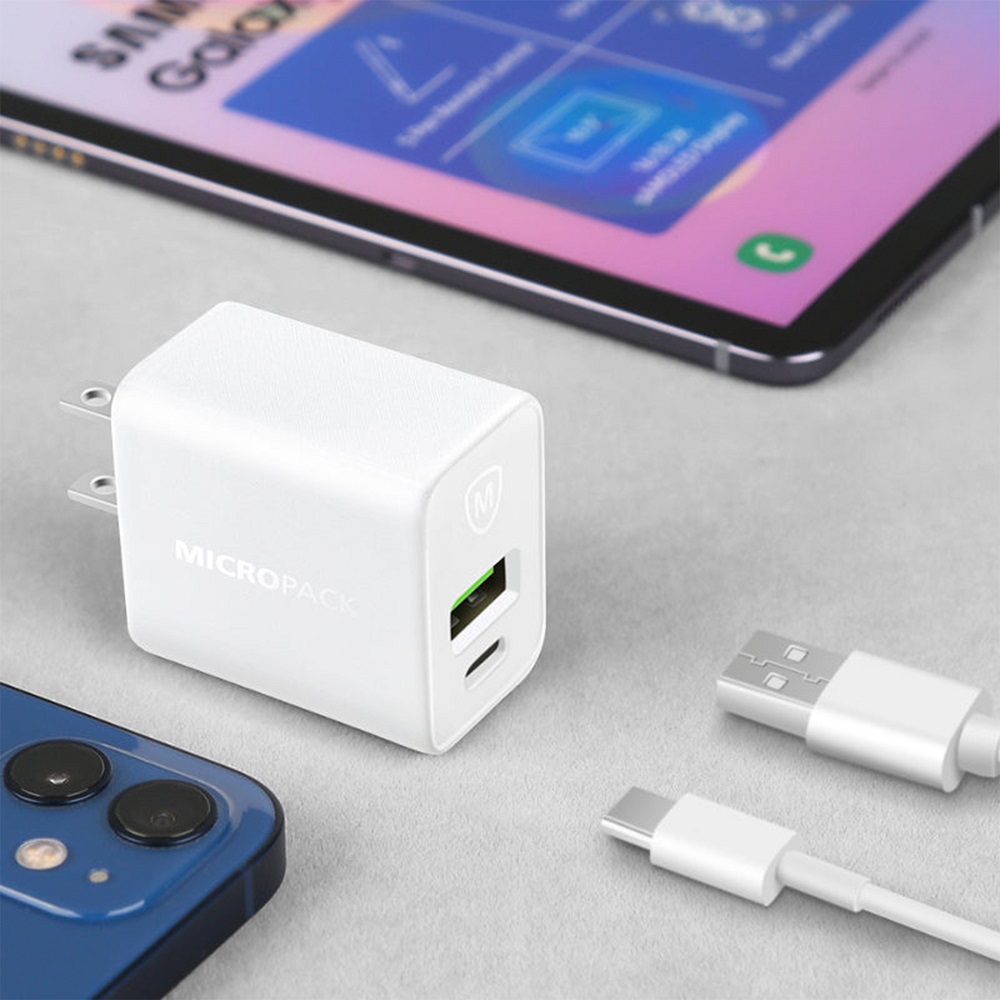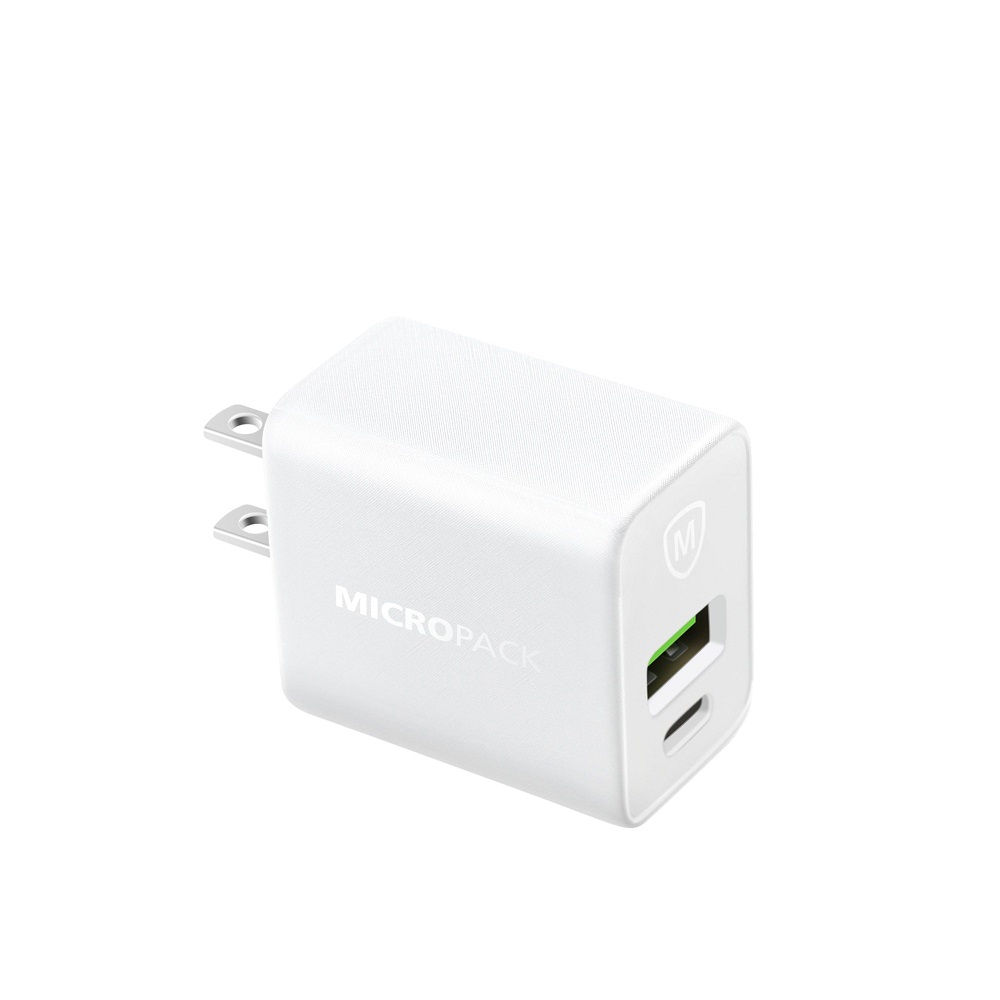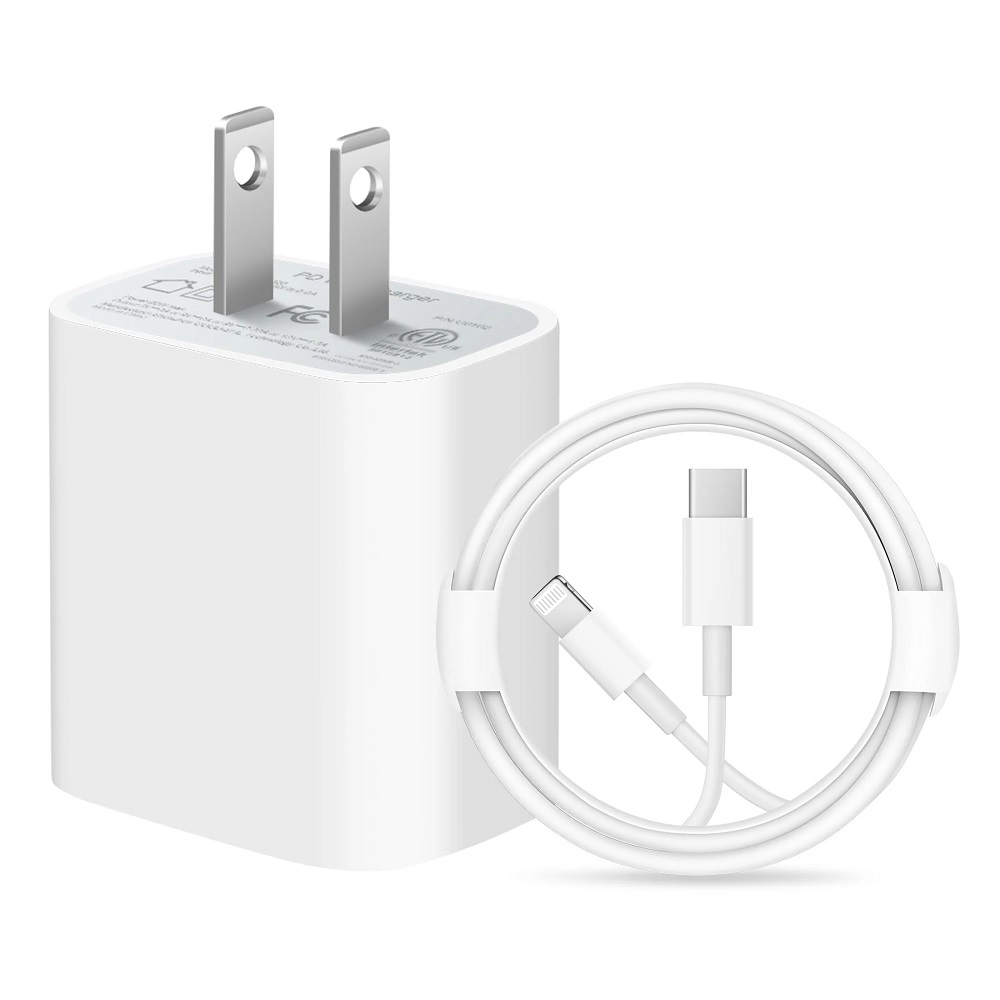Evolution of Laptop Charging Technology
The way we power laptops has changed a lot over the years. In the early days, each laptop came with a bulky, proprietary laptop charger. These often overheated and took hours to charge a battery. Fast forward to today, and we see a different picture. The industry has made strides towards more efficient and convenient charging solutions. Slimmer designs are in, and speed is a key focus.
One major leap is the move from traditional barrel connectors to USB-C charging ports. This switch brought faster charging times and universal compatibility. Many laptops now charge from zero to full in less time than it takes to watch a movie. USB-C also allows users to charge their laptops with other devices’ chargers, like a smartphone’s. This universality is a game-changer for travelers and remote workers.
Another big trend in laptop charger technology is the integration of power delivery. This means not only quicker charging but also safer charging. Chargers can now communicate with the laptop. They confirm the exact power needed and adjust the output. This prevents overcharging and extends the battery life of the laptops.
All these advancements not just boost convenience. They also impact the environment positively. New chargers use less energy and generate less heat. This reduces electricity consumption and heat-related wear and tear. In the near future, we can expect even more innovative shifts in laptop charger technology. Solutions like wireless charging and AI-based charging are on the horizon. These advances promise to make laptop charging even more seamless and tailored to our needs.

Trends in Laptop Charger Designs
As we look towards 2025, laptop charger designs are becoming slimmer, lighter, and smarter. Manufacturers are focusing on creating chargers that are not just functional but also stylish and easy to carry. With the rise of remote work and mobile lifestyles, portability has become a key factor. Here are a few trends shaping the future of laptop charger designs:
- Compact and Lightweight: Chargers are shedding extra weight and bulk. They now come in compact sizes, making them easy to slip into a bag or even a pocket.
- Customizable Aesthetics: Users are seeking personalization. Chargers now feature various colors and finishes to match with laptops and accessories.
- Integrated Cable Management: Tangles are a thing of the past. New chargers have built-in mechanisms to manage and store cables neatly.
- Durability Enhancements: Chargers are designed to last longer. They’re being made with tougher materials that can withstand drops and harsh usage.
- Multi-Device Charging: With one charger, you can now power a laptop, phone, and tablet. This not only saves space but also makes life simpler.
These design trends reflect a consumer demand for convenience and efficiency. We are moving toward a world where the laptop charger complements our lifestyle, both in functionality and form.
Wireless Charging Solutions for Laptops
One of the most exciting developments in the laptop charger market is wireless charging. We are now entering an era where tripping over cords can be a thing of the past. Here are the key features and benefits of wireless laptop charging solutions poised for growth by 2025:
- Cord-Free Convenience: Say goodbye to the clutter of cables. Wireless charging allows you to simply place your laptop on a charging mat or pad, freeing up space and reducing wear and tear on ports.
- Universal Charging Stations: Imagine coffee shops, libraries, and airports with built-in wireless charging spots. This is likely to become a reality, allowing for easy power-ups on the go.
- Advanced Safety Features: New wireless systems include safety protocols to prevent overheating and overcharging, protecting your laptop’s battery health.
- Faster Charging Technologies: Research is underway to make wireless charging as fast as, if not faster than, wired solutions. This could revolutionize the way we power our devices.
Wireless charging is not just a fantasy; it is quickly becoming a practical solution for laptop users everywhere. As it becomes more widespread, laptops will likely be designed with wireless charging capabilities as a standard feature. A cleaner, more integrated charging experience is just over the horizon, shaping the future of how we power our laptops.

USB-C and Power Delivery Advancements
Looking ahead to 2025, the advancements in USB-C and Power Delivery (PD) technologies are expected to redefine the standards for laptop charging. These enhancements aim to deliver an even more efficient and user-friendly experience. Here are some breakthroughs we anticipate:
- Increased Charging Speeds: USB-C and PD technologies are evolving to offer even faster charging times. New laptops may charge in less time than it currently takes.
- Higher Power Output: Future chargers will likely support greater power output to handle high-performance laptops without compromising on size or convenience.
- Improved Universal Compatibility: With USB-C, the dream of a universal charger is closer to reality. More devices will charge seamlessly with a single charger.
- Enhanced Safety Protocols: Advancements in PD will further refine communication between chargers and devices, ensuring optimal charging and extending device lifespan.
- Innovative Form Factors: We might see USB-C chargers with flexible designs or slim profiles fitting our mobile lives better.
- Reverse Charging: Some upcoming laptops might charge other devices, turning the laptop into a portable power bank.
These developments are set to make the process of charging laptops not just simpler, but also much more effective and aligned with the needs of modern users. As we move closer to 2025, we can expect these technologies to become more prevalent, offering a glimpse into a future where laptop charging is a seamless, and incredibly rapid experience.
Eco-Friendly and Solar-Powered Chargers
As we move towards 2025, the pressing need for sustainability is shaping the laptop charger market. Innovators are designing eco-friendly chargers that offer a greener way to power up. Solar-powered chargers are leading this change with the following features:
- Renewable Energy Use: These chargers harness the sun’s energy, offering an endless power supply that’s kind to the planet.
- Zero Emission Charging: With no need for electricity from the grid, solar chargers produce no harmful emissions. This helps reduce the carbon footprint.
- Enhanced Portability: Many solar chargers are foldable or designed as slim panels, making them easy to carry for outdoor use.
- Durability for Outdoor Use: Crafted to withstand the elements, these chargers often come with weather-resistant features.
- Compatibility with Laptops: As technology evolves, solar chargers are advancing to efficiently charge even power-intensive laptops.
Eco-friendly and solar-powered chargers not only align with environmental goals but also bring convenience to users who are off-grid or traveling. In the near future, such innovative solutions could become standard for the eco-conscious laptop user. Promising a cleaner, more self-sufficient approach to power, these advancements offer a glimpse into a sustainable and technologically harmonious future.

Smart Chargers with Adaptive Power Management
As we edge closer to 2025, the concept of smart chargers with adaptive power management is gaining traction. These chargers are a significant step up from current technology, offering a range of features that promise to optimize the charging process. Here’s why such innovations are important:
- Adaptive Charging: Smart chargers assess a laptop’s power needs in real-time and adjust the charge accordingly. This means faster charging when needed and energy conservation when full power isn’t necessary.
- Battery Health Preservation: By avoiding overcharging, these adaptive chargers maintain the health of the laptop’s battery over time, extending its lifespan.
- Intelligent Distribution: When you’re charging multiple devices, smart chargers can allocate power efficiently, ensuring each device gets exactly what it needs.
- Temperature Control: These chargers come with technology to modulate temperature, reducing the risk of overheating and damage to the laptop.
- Usage Learning: Some smart chargers can learn from your usage patterns to optimize charging schedules, possibly charging your laptop when energy demand is low, for instance, at night.
- Fault Detection: They also offer the ability to detect any anomalies or faults in the charging process, adding an extra layer of safety to your laptop’s charging ecosystem.
These innovations are not just about efficiency; they also reflect a broader trend towards personalized and intelligent technology that adapts to our needs and habits. As laptop chargers become smarter, they contribute to a more seamless integration of technology into our everyday lives.
Portable and Universal Charger Options
As we envision the landscape of laptop charging in 2025, portability and universal compatibility are at the forefront. These innovations are directly responding to the mobile lifestyle of the modern user. Let’s consider some promising portable and universal charger options that may become commonplace.
- Multi-use Chargers: These chargers will power multiple devices at once, eliminating the need for carrying separate chargers for each device.
- Universal Connectors: The trend towards USB-C continues, as it allows for the charging of laptops, tablets, and phones with a single cord, simplifying the charging process.
- Pocket-sized Power: Ultra-compact designs are being developed to fit into a pocket easily, making them convenient for on-the-go use.
- All-in-One Docking Stations: Docking stations that charge laptops and connect to monitors and peripherals may become universal, offering a one-stop solution.
- Global Voltage Compatibility: Chargers built to adapt to different voltages make international travel hassle-free, as one charger works worldwide.
- Smart Power Banks: Portable batteries that smartly allocate power to different devices based on their needs, running efficiently for longer periods.
These options aim to reduce the clutter and weight of technology we carry, making our workspaces and travels lighter and more efficient. As the year 2025 approaches, we can expect these portable and universal solutions to be integral to the design ethos of laptop chargers, reflecting a harmonious blend of functionality, versatility, and convenience.
The Role of AI in Future Laptop Charging
As we approach 2025, artificial intelligence (AI) is expected to revolutionize the way we charge our laptops. Integrating AI into laptop chargers can bring several improvements to the charging process. Here are some potential benefits:
- Personalized Charging Programs: AI could analyze our usage patterns and create tailored charging schedules to extend battery life.
- Predictive Maintenance: Chargers with AI might predict battery issues before they occur, prompting timely maintenance.
- Optimized Energy Consumption: AI may optimize charging to occur during off-peak hours, reducing energy costs and strain on power grids.
- Enhanced Charging Speeds: AI-driven algorithms could dynamically adjust charging rates, speeding up the process without damaging the battery.
- User Behavior Insights: By understanding how and when devices are used, AI could provide suggestions for better energy use.
- Real-time Adaptation: AI chargers will react in real-time to changes in power needs, environmental conditions, or battery health.
AI’s integration within laptop chargers will not only make charging more efficient but also contribute to longer battery life and reduced energy waste. The focus is on creating a seamless, intelligent experience that caters to the specific needs of individual users. The use of AI in laptop chargers could well be a staple feature by 2025, signifying a giant leap forward in the technology’s evolution.


